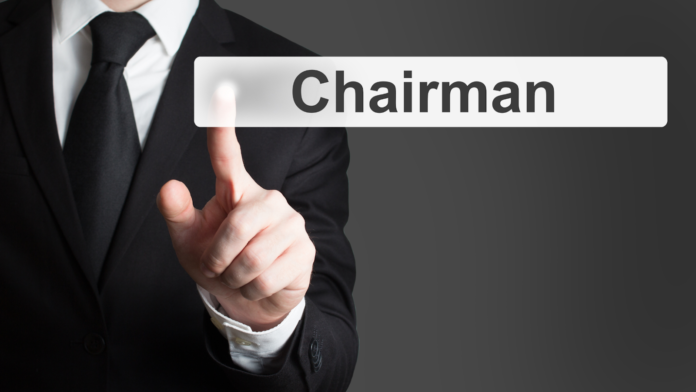The age-old question: who makes the decisions in an organization? Is it the CEO, chairman, or president? The answer, of course, is all of them. But how do their roles differ, and what implications does that have for decision-making in an organization? Let’s take a closer look.
Ceo vs Chairman vs President
The role of the CEO, chairman, and president is to make sure that the company they are running is profitable and efficient. The CEO is the head of the company and is responsible for making sure that the company’s goals are met. The chairman is the head of the board of directors and is responsible for making sure that the board makes decisions that are in the best interests of the shareholders. The president is responsible for day-to-day operations of the company and makes sure that the company runs smoothly.
The difference between a CEO, Chairman, and President
The titles of CEO, chairman, and president are often used interchangeably, but they represent different roles in an organization. A CEO is the highest ranking executive in a company and is responsible for its overall operation. A chairman is a member of the board of directors and presides over board meetings. A president is an executive who oversees the activities of a particular division or company.
The authority of the CEO, chairman, and president
There is often confusion about the roles and authority of the CEO, chairman, and president of a company. To understand the difference, we must first look at the history of these titles. The title of CEO was first used in the early 20th century by large manufacturing companies. The title was originally an abbreviation for “Chief Executive Officer.” The title was then
adopted by other large companies, and eventually became the standard title for the person at the top of the corporate hierarchy.The title of chairman was first used in the late 18th century by British banks. The title was originally an abbreviation for “chairman of the board.” In Britain, the chairman is still considered to be the highest authority in a company, even above the CEO. The title of president was first used in America in the early 19th century. The president was originally considered to be an appointed official who carried out the orders of Congress. However, over time, the presidency evolved into a more powerful position, and today, American presidents are considered to be some of the most powerful people in the world.
So, what is the difference between these three titles? Generally speaking, the CEO is responsible for day-to-day operations and decision-making, while the chairman is responsible for setting strategy and providing oversight. The president is usually responsible for managing specific areas or divisions within a company. However, these roles can vary depending on the size and structure of a company. For example, in a small company, all three titles may be held by one person. In a large company, there may be multiple CEOs, chairmen, and presidents with different roles and responsibilities. Ultimately, it is up to each individual company to decide how these titles are used and what authority each position holds.
The responsibilities of the CEO, chairman, and president
The title of CEO is most often given to the person at the top of the corporate pyramid in for-profit entities. But what about organizations that aren’t profit-driven, such as charities or membership organizations? Are there different types of CEOs? The chairman is the head of the board of directors. The president is the head of the executive committee. So, who makes the decisions in an organization? The answer, in most cases, is all three. The CEO, chairman, and president are all involved in decision-making, but their roles vary depending on the type of organization.
For-profit companies are typically managed by a CEO who reports to a board of directors. The board of directors appoints a chairman to preside over board meetings and represent the board to shareholders and other stakeholders. The president is usually the CEO’s second-in-command and may be responsible for day-to-day operations. In non-profit organizations, the CEO typically reports to a board of trustees or a similar governing body. The president may be responsible for day-to-day operations, but the CEO is ultimately answerable to the Board. The chairman’s role is similar to that in a for-profit company; however, they may not have as much power or authority. In membership organizations, such as professional associations or trade unions, the title of CEO is usually given to the person who presides over day-to-day operations. The president is selected by the members and represents their interests. The chairman’s role varies depending on the organization; they may preside over board meetings or be responsible for fundraising efforts.
The power of the CEO, chairman, and president
In theory, the CEO, chairman, and president are three distinct roles filled by three different people. The reality is often much more complicated, with one person assuming all three roles or two people splitting the responsibilities between them.
The CEO is the top executive in a company and has ultimate responsibility for its day-to-day operations. The chairman is the head of the board of directors and represents the interests of shareholders. The president is usually the second-in-command after the CEO and oversees the company’s operations. So, who makes the decisions in a company? It depends. The CEO typically has the final say on major decisions, but the chairman and president can exert a lot of influence over what happens in a company.


